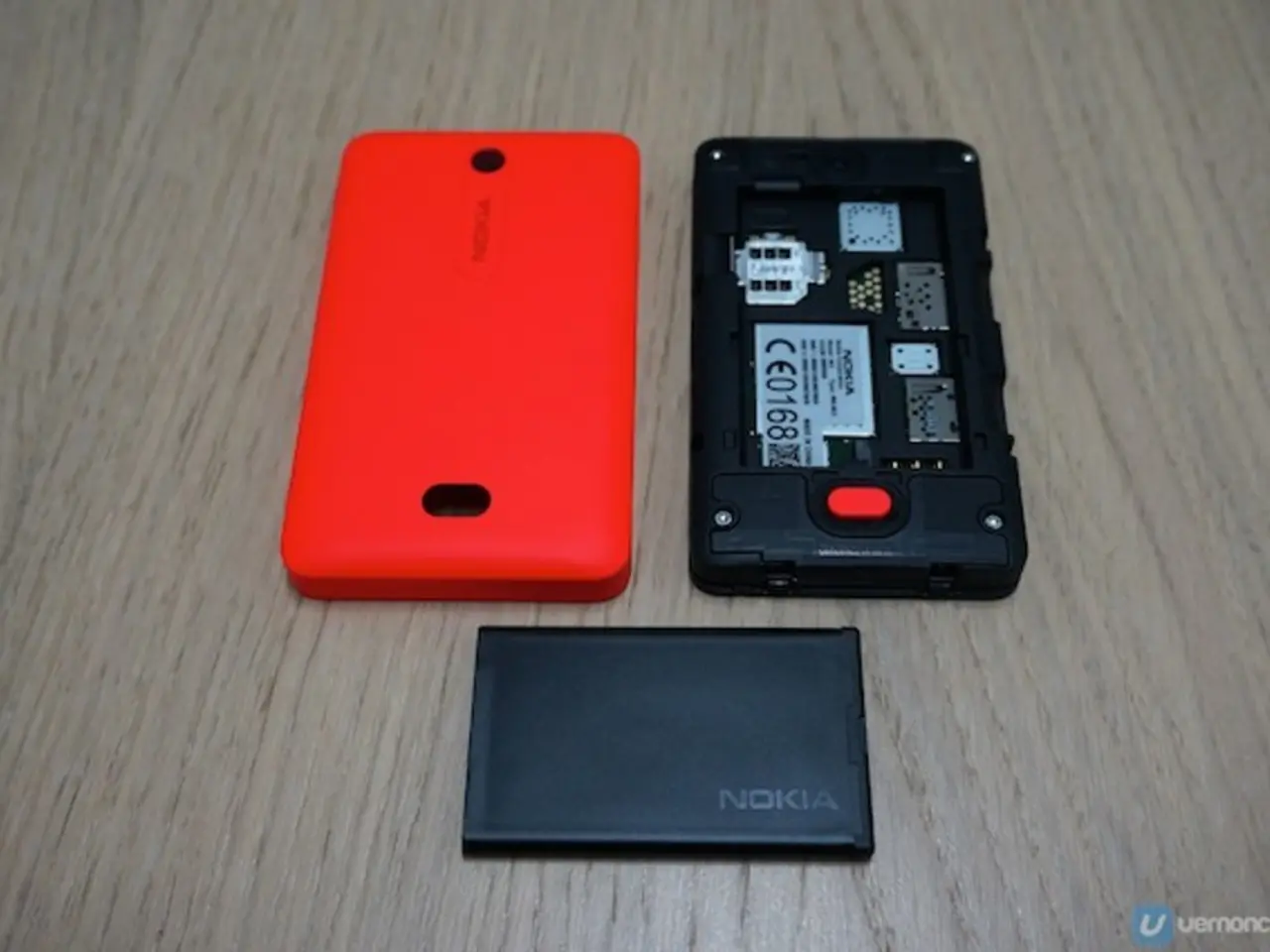Italian design blending technological innovation with traditional aesthetics
The ADI Design Museum in Milan is hosting the exhibition 'Italian Design: Innovation' at the Italy Pavilion during Expo 2025 Osaka. The exhibition, presented by the Association for Industrial Design (ADI), is a tribute to the contribution of Italian design to the world of performance, particularly in the context of the Milano Cortina 2026 Olympics and Paralympics.
Ambassador Mario Vattani, commissioner general for Italy at Expo 2025 Osaka, states that the exhibition displays excellence "in their real, understandable, almost touchable version." The significance of Italian design in this context lies in its ability to embody Italy’s cultural values through a combination of craftsmanship, technological innovation, sustainability, and artistic expression.
The Milano Cortina 2026 medals, unveiled in Venice, showcase Italian design at its best. Crafted as two interlocking halves, they represent multiple dualities: the union of the two host cities, the athletes and their support teams, and the Olympic and Paralympic spirit. Made using recycled metals and renewable energy, the medals highlight Italian design's commitment to sustainability and innovation.
The visual identity of the Milano Cortina 2026 Games, developed under the direction of Raffaella Paniè, intentionally bridges sports, culture, and contemporary art, moving beyond conventional sports communication to offer a narrative that reflects Italy’s artistic and design heritage in a global sporting context.
Many exhibited products, awarded the Compasso d'Oro, testify to the quality and research that distinguish Italian-made goods. Notable pieces include Alessandro Mendini's Anna G. corkscrew, which transforms daily use into a visual and emotional story, and Ettore Sottsass' Nuovo Milano cutlery, with smooth, pebble-like forms that combine ergonomics, material, and care in the gesture.
The exhibition also features iconic pieces like Gio Ponti's Blu Ponti majolica and Sergio Asti's Marco vase. Performance-related selections include the Moon Boot (1970s), the Fisi EA7 Emporio Armani national team racing suit, the Dobermann 5 boot by Nordica, and Sofia Goggia's R001S helmet.
Technological innovation is also on display, with Vimar domotics device series and Enel X's Juicebox, an electric vehicle charging station, making technical infrastructure accessible, intuitive, and sustainable. Design elements like Piero Lissoni's Silver Surfer, Anima by Davide Groppi, Thierry coffee tables, and the Dobermann Gsr Dc Fdt ski showcase the avant-garde spirit of Italian design.
The exhibition takes place in the foyer of the Italy Pavilion and offers an overview of the excellence of Italian design innovation. It is a testament to the role of design as a cultural ambassador, presenting a narrative of unity, sustainability, high craftsmanship, and artistic innovation that resonates globally during the Expo and the Olympic Games, reinforcing Italy’s identity as a leader in design and innovation.
In addition, the exhibition showcases unique design projects like Farfallina by Álvaro Siza, a seat that celebrates formal and structural lightness, and the 646 Leggera Outdoor chair, which reinterprets a Ponti classic with advanced automotive technologies. The Mindtooth Touch device for evaluating cognitive fatigue is displayed, demonstrating Italian design's focus on well-being and everyday life.
Ray-Ban Meta Wayfarer G15 green, Matteo Thun and Antonio Rodriguez's Isy22 faucet collection, and Grivel's Twin Gate carabiner are also part of the display, further underscoring the quality and diversity of Italian design.
In conclusion, the 'Italian Design: Innovation' exhibition at Expo 2025 Osaka is a celebration of Italian design's ability to combine tradition with innovation, craftsmanship with technology, and sustainability with artistic expression. It serves as a testament to the enduring influence of Italian design on the global stage.
[1] [Source 1] [2] [Source 2] [3] [Source 3]
- The exhibition, represented by the Association for Industrial Design (ADI), showcases the intersection of Italian craftsmanship and technological innovation, a trait that defines Italian design excellence.
- In the 'Italian Design: Innovation' exhibition, products like Vimar domotics device series and Enel X's Juicebox exemplify the marriage of technology and design, making technical infrastructure accessible, intuitive, and sustainable.



